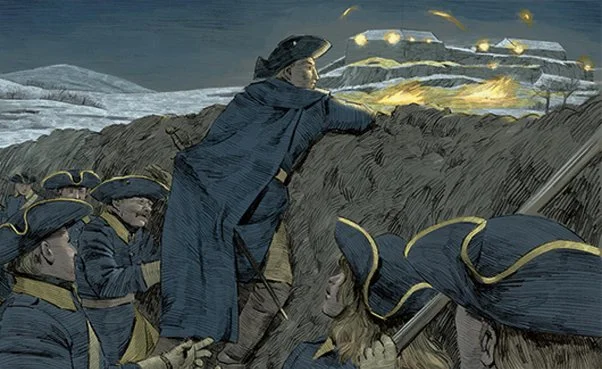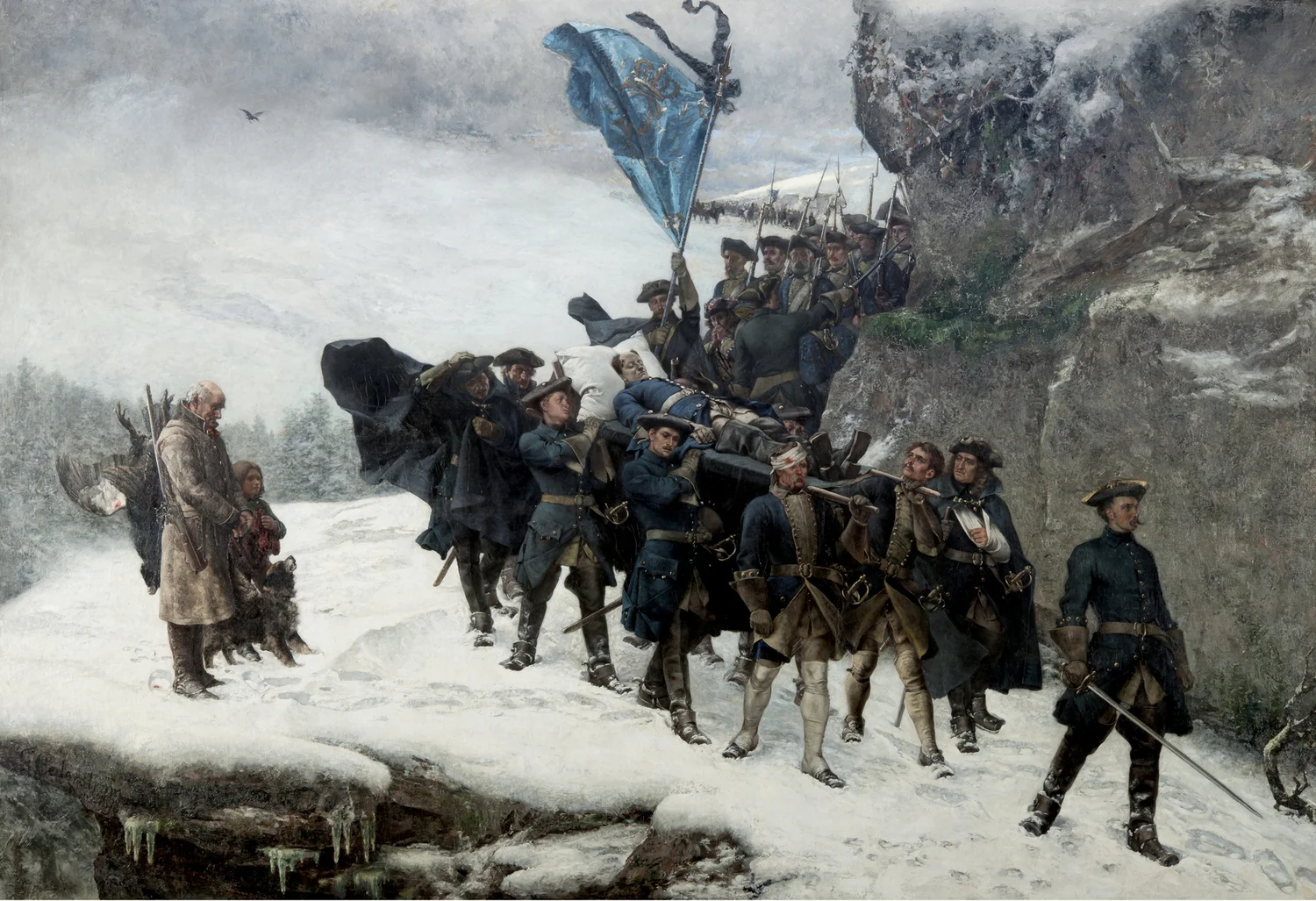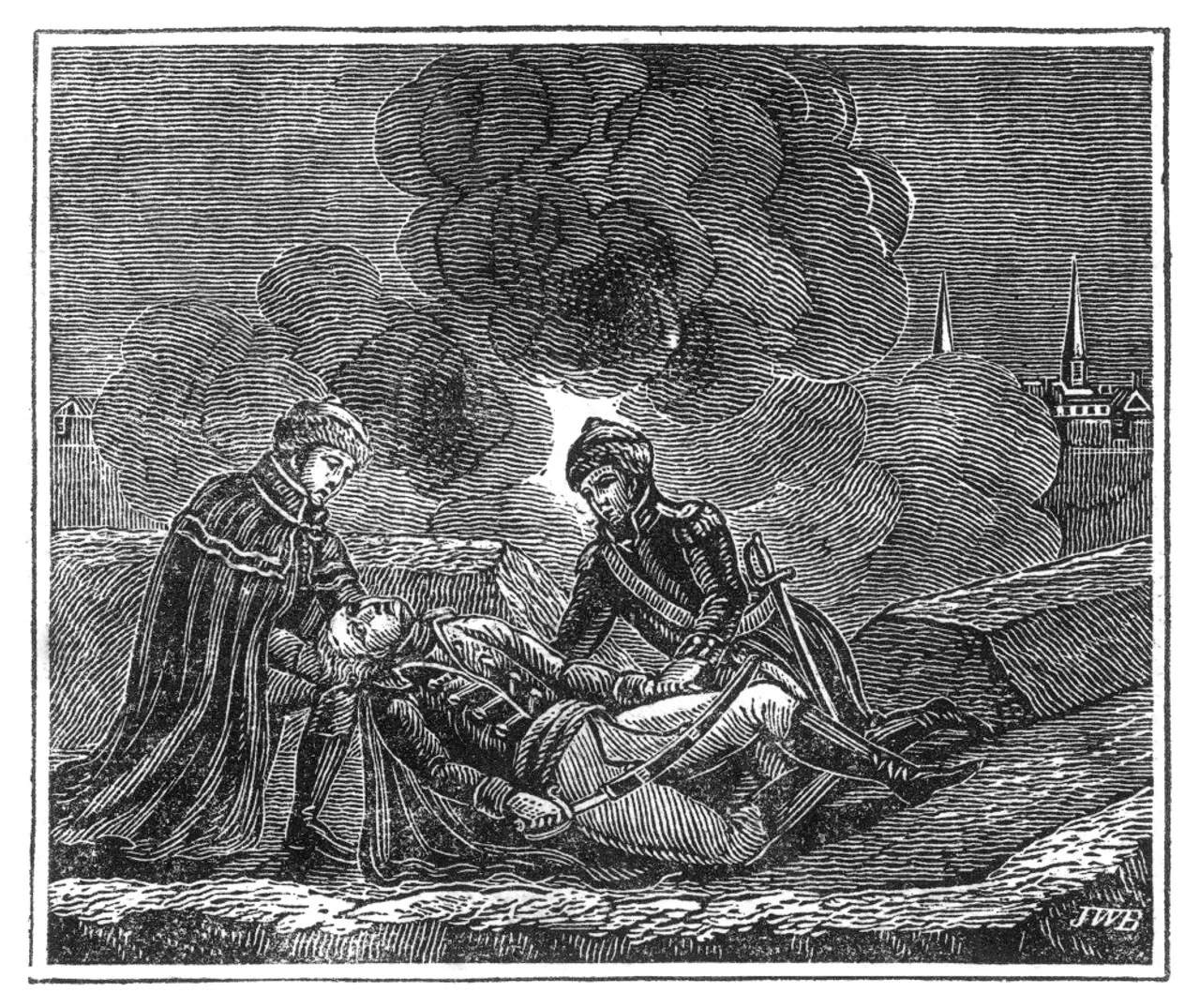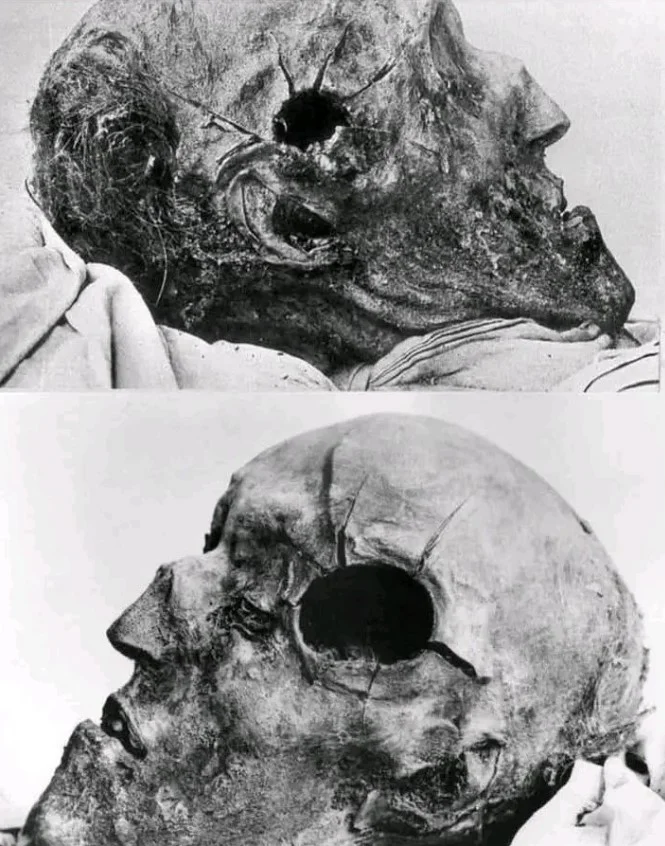In the winter of 1718, the battlefields of Norway became the setting for one of Europe’s most enduring historical enigmas. On November 30, Swedish King Charles XII, known as the “Lion of the North,” fell during the Siege of Fredriksten Fortress, struck down in circumstances that have puzzled historians, writers, and enthusiasts for more than 300 years.
Was the warrior-king felled by enemy fire, or did betrayal come from within his own ranks? The debate continues to this day, fueled by ambiguous eyewitness accounts, forensic puzzles, and centuries of speculation.
The Warrior-King’s Final Campaign

Charles XII was no ordinary monarch. Ascending to the throne in 1697 at just 15 years old, he quickly gained a reputation as a fearless strategist. His reign coincided with the Great Northern War (1700–1721), in which Sweden fought against a coalition of Denmark-Norway, Poland, and Russia.
By 1718, Charles had spent nearly two decades at war. His military brilliance was legendary—he won victories even when outnumbered, famously defeating Russian and Polish forces at Narva. But his relentless campaigns had drained Sweden’s resources and cost thousands of lives. Still, Charles pressed on.
At age 36, he led an ambitious invasion of Norway. At Fredriksten Fortress, he sought to force Denmark-Norway into surrender. On the night of November 30, Charles inspected his troops in the trenches when a projectile struck his head, killing him instantly.
Chaos on the Battlefield
The scene was one of shock and confusion. Swedish soldiers carried their fallen king back to camp as whispers spread through the army. No one saw the fatal shot fired, and the trajectory of the wound—left temple to right—raised questions almost immediately.
Contemporary reports noted that the Norwegian defenders were positioned some 200–300 meters away. Muskets of the era were notoriously inaccurate at such distances, though fortress cannons and grapeshot could potentially reach the trenches. At the same time, the angle of the shot led some to suspect foul play from within the Swedish lines.
Within hours, rumors circulated that discontent among officers or nobles might have motivated an assassination. Charles’s uncompromising leadership style had earned him enemies, even within Sweden’s elite.
Enemy Fire or Assassination? Competing Theories

Historians generally divide explanations into two main theories:
1. A Tragic Accident
The first suggests Charles was struck by enemy fire—a musket ball or cannon shot fired from the fortress walls. Norwegian records mention volleys being fired that night, and some claimed credit for the shot in later accounts. Given the intensity of the siege, a “lucky” strike remains possible.
2. Betrayal Within the Ranks
The alternative theory argues that Charles was killed by one of his own soldiers or officers. Discontent within the army was high—resources were scarce, morale was low, and many nobles resented the king’s refusal to negotiate peace. His death paved the way for his brother-in-law, Frederick I, to ascend the throne, raising suspicions of political intrigue.
Though compelling, the assassination theory lacks concrete evidence. No eyewitness testimony or physical proof identifies a culprit. Still, the possibility lingers, keeping the debate alive.
The 1917 Autopsy: Science Meets Mystery
In 1917, almost 200 years after the king’s death, Swedish authorities exhumed Charles XII’s remains in an attempt to settle the mystery. Forensic experts examined his skull, preserved in a lead-lined coffin.
The investigation confirmed that a single projectile caused the death, but it failed to clarify its origin. The trajectory was nearly straight, consistent with both a close-range shot and a highly accurate long-distance one. No bullet fragments were recovered, and chemical testing for lead proved inconclusive.
Rather than solving the case, the autopsy added new intrigue. Photographs of the skull circulated in Swedish newspapers, fueling speculation rather than silencing it. Modern re-analyses lean toward assassination due to the precision of the wound, but consensus remains elusive.
Why the Mystery Endures

The uncertainty around Charles XII’s death has given it a lasting cultural impact. Unlike other royal deaths, which had clear culprits or political motives, his case is filled with unanswered questions.
For Swedes, Charles remains a polarizing figure. To some, he is a national hero—a fearless warrior who embodied Sweden’s age of power. To others, he is remembered as a reckless warmonger whose endless campaigns drained the nation and led to its decline.
The mystery of his death reflects this duality. Was he the victim of bad luck in war, or the target of those who wished to end his campaigns once and for all?
From History to Folklore
Over the centuries, the story of Charles’s death has entered folklore and popular culture. Writers like Voltaire wrote about it in the 18th century, while modern historians and novelists continue to explore the theme.
In Sweden, his death is sometimes compared to modern mysteries like the assassination of John F. Kennedy—an event that sparked countless theories without definitive answers.
The rise of social media has given the story new life. Short videos, reenactments, and debates on platforms like TikTok and X (formerly Twitter) attract millions of views, as a new generation rediscovers the tale of the warrior-king and his mysterious end.
The Historical Aftermath

Charles XII’s death marked the turning point of the Great Northern War. Without his leadership, Sweden quickly lost momentum. By 1721, the Treaty of Nystad ended the conflict, ceding large territories to Russia and ending Sweden’s era as a European great power.
In this sense, his death was not just a personal tragedy but a historical turning point. It reshaped the balance of power in Northern Europe, paving the way for Russia under Peter the Great to dominate the Baltic region.
Lessons from a 300-Year Mystery
What can we learn from a debate that has lasted more than three centuries?
-
History is shaped by uncertainty: Sometimes the absence of clear evidence ensures that mysteries endure.
-
Legends and facts intertwine: Theories of betrayal, conspiracy, and chance reveal as much about culture as about the past.
-
Mystery fuels memory: The unanswered nature of Charles’s death keeps it alive in historical imagination.
Conclusion: A King Remembered in Shadow and Light
The death of King Charles XII of Sweden at Fredriksten Fortress in 1718 remains one of Europe’s great unsolved mysteries. Was it an enemy’s bullet or an assassin’s plot? Science has probed the question, and historians have debated it, yet no definitive answer has emerged.
What is certain is that Charles’s life and death left an indelible mark on Sweden and Europe. His reign reshaped the map of the north, and his mysterious death continues to fascinate centuries later.
The story of Charles XII is a reminder that history is not just a record of events but also a tapestry of questions, interpretations, and enduring intrigue. Three centuries on, the mystery endures—inviting each new generation to ask: was it fate, or was it betrayal?
